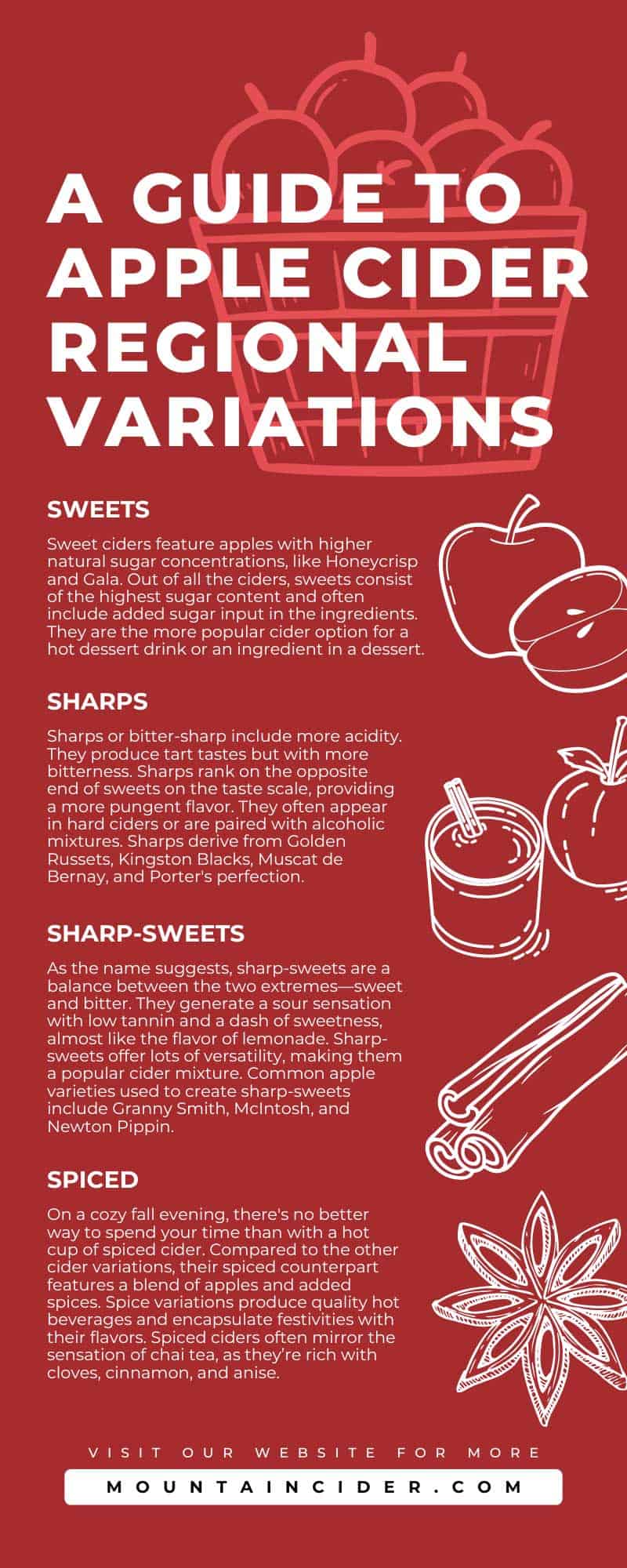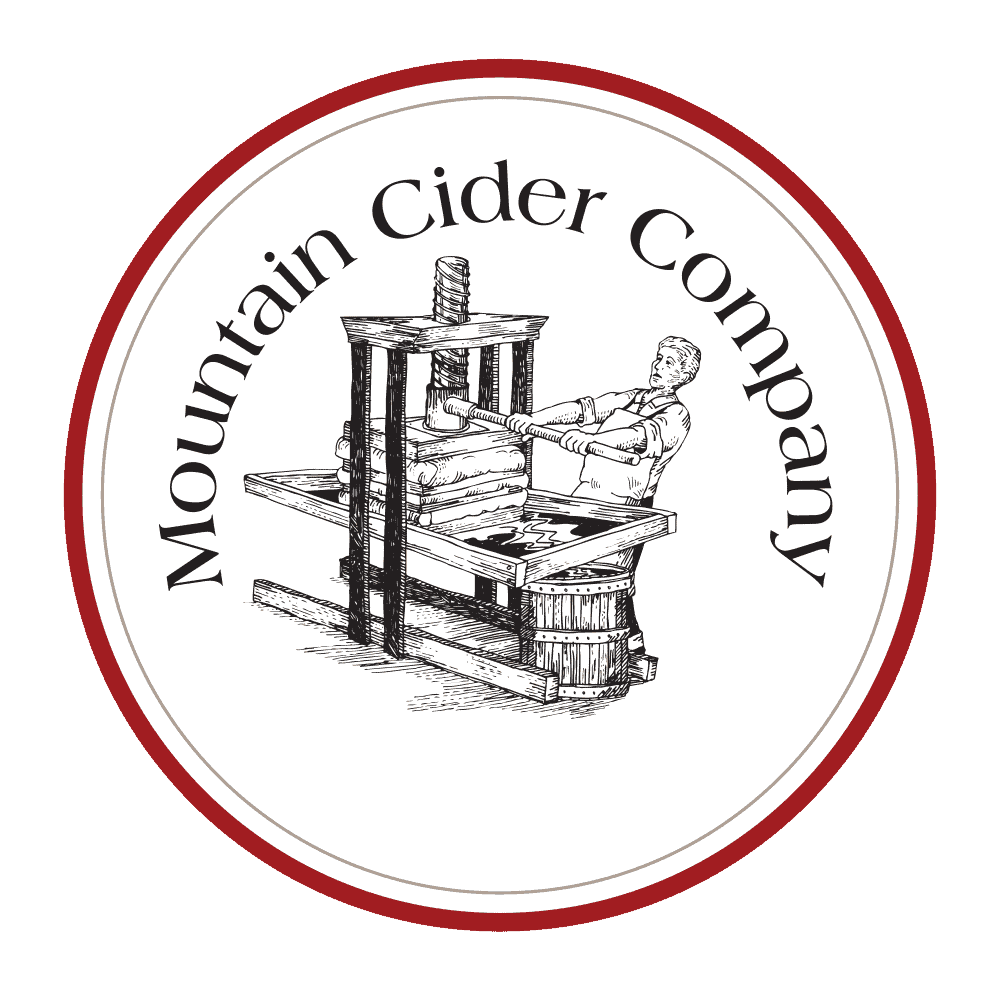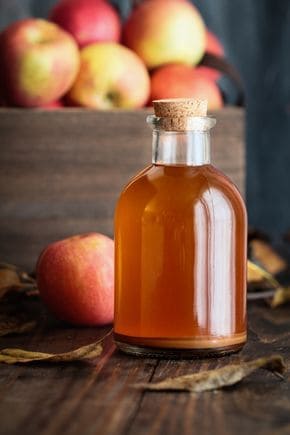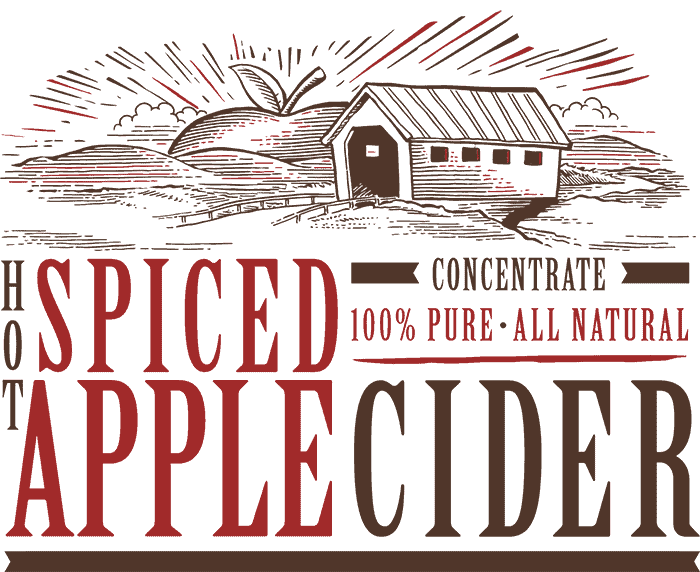Apple cider graces us with a particularly delightful taste. When warmed, it produces the ultimate cozy fall drink. Iced ciders give you a fruity and spiced refresher, and when mixed with alcohol, they generate a variety of fun cocktails to savor. Around the world, people enjoy and make their apple ciders in numerous ways, creating a wide selection of this delicious delight. Here is a guide to apple cider regional variations and the various ways to relish this beverage.
Factors That Play Into Variations
Cider variations come to fruition for numerous reasons. Several factors come into play when differentiating apple ciders across the world, from the ingredients used to the various processing methods available. Although the basic formula for apple ciders—pressed, unrefined, raw apples—maintains the same worldwide, additional influences can vary the final result.
Types of Apples
As the key ingredient in ciders, apples are a significantly influential factor in creating variations. The apple family consists of a range of members differing in growth location, tastes, and textures. Most people classify apples into green or red variations. However, there are more diversities within the apple family tree. Popular apples for ciders include:
- Gala
- Honeycrisp
- Fuji
- McIntosh
- Cortland
- Red and Golden Delicious
- Jonagold
Each variety creates different ciders and concentrates, producing multiple cider variations.
Sugar Concentration
In the kitchen, the seasoning you add to your dinner affects the taste of your meal and enhances your dish with extra complementary or new flavors. Similarly, when it comes to mixing up a beverage, certain added spices and ingredients transform the drink. Sugar concentration affects the type of cider you make. The higher the sugar content, the sweeter the cider; likewise, the less sugar, the more subtle the sweetness. Apples already consist of a certain sugar concentration, depending on their family group. With various amounts of added sugar and the type of apple used, there are numerous ways to change the flavor of a cider.
Acidity
Along with sweetness, acidity and bitterness influence the flavors of ciders. Acidity levels depend on the type of apple pressed and its natural acidity levels. The more acidic the apple, the more tart the drink will taste.
Alcohol and Ingredients
In the US, apple cider and hard cider are two different drinks; the latter contains alcohol, while the former doesn’t. In Europe, when you order a cider, you’ll get the alcoholic variation, which is the only type of apple cider offered. Despite the name variations and verbiage technicalities, both alcoholic and nonalcoholic ciders feature that same basic formula of pressed, unrefined, and raw apples.
Alcoholic apple ciders come in numerous forms, varying in type of alcoholic mixture and potency. Hard ciders are basically regular ciders left to ferment for a period of time. Like beers, the fermentation process produces an alcoholic solution—but with ciders, it features an apple base. Other alcoholic ciders include a regular cider mixed with libations like rum, vodka, or gin. Both alcoholic and nonalcoholic cider beverages produce multiple variations when the basic formula includes different processing and added ingredients.
Different Types of Ciders
Apple ciders come in four distinct variations:
Sweets
Sweet ciders feature apples with higher natural sugar concentrations, like Honeycrisp and Gala. Out of all the ciders, sweets consist of the highest sugar content and often include added sugar input in the ingredients. They are the more popular cider option for a hot dessert drink or an ingredient in a dessert.
Sharps
Sharps or bitter-sharp include more acidity. They produce tart tastes but with more bitterness. Sharps rank on the opposite end of sweets on the taste scale, providing a more pungent flavor. They often appear in hard ciders or are paired with alcoholic mixtures. Sharps derive from Golden Russets, Kingston Blacks, Muscat de Bernay, and Porter’s perfection.
Sharp-Sweets
As the name suggests, sharp-sweets are a balance between the two extremes—sweet and bitter. They generate a sour sensation with low tannin and a dash of sweetness, almost like the flavor of lemonade. Sharp-sweets offer lots of versatility, making them a popular cider mixture. Common apple varieties used to create sharp-sweets include Granny Smith, McIntosh, and Newton Pippin.
Spiced
On a cozy fall evening, there’s no better way to spend your time than with a hot cup of spiced cider. Compared to the other cider variations, their spiced counterpart features a blend of apples and added spices. Spice variations produce quality hot beverages and encapsulate festivities with their flavors. Spiced ciders often mirror the sensation of chai tea, as they’re rich with cloves, cinnamon, and anise.
Ciders Around the World
The first appearance of apple cider in history dates back to ancient times and started with the Romans, Celts, and other European communities. Since then, apple cider, in its many forms, has remained a popular Western beverage. The types of ciders that appear in various locations depend on the region’s access to ingredients and the apple varieties in their orchards. Different apples require varying growing conditions, making them more unique to specific locations.
Rich French-Style Ciders
Like many European ciders, French-style variations are alcoholic, featuring a rich bittersweet taste. Due to their geographic location, their ciders French ciders frequently use:
- Muscat de Bernays
- Pink Lady
- Frequin rouge
- Michelin
Bittersweet and Sharp Britain
British ciders run on the bitter side, both in their sweet and sharp variations. Their selection of apples includes a wide variety, including Kingston Black, Foxwhelp, Porter’s Perfection, and Somerset Redstreak.
Classic American Ciders
From warm to hard ciders, American variations offer one of the most diverse ranges. The American collection of ciders includes sweet, sour, bitter, and spices flavors, served either hot or cold. Popular apples found and used in cider orchards include:
- Golden Russet
- McIntosh
- Liberty
- Cortland
- Generics (such as Gala, Fiji, etc.)
When looking for where to buy boiled cider, the US offers the best options.
Apple cider variations differ per region, varying in flavors, ingredients, and forms. Each type of cider offers a different experience to relish, providing alternative ways to sip apple goodness. No matter how you prefer to savor your apple cider, all ciders offer appealing qualities, making them popular drinks in both the States and Europe.
At Mountain Cider, we offer spiced apple cider concentrates so you can enjoy and sell a cup of aromatic and flavorful cider hot, cold, or spiked. We provide you with the base formula to then enhance and create your own cider variation. Check out our online selection of cider concentrate and whip up the perfect drink of your choice!




